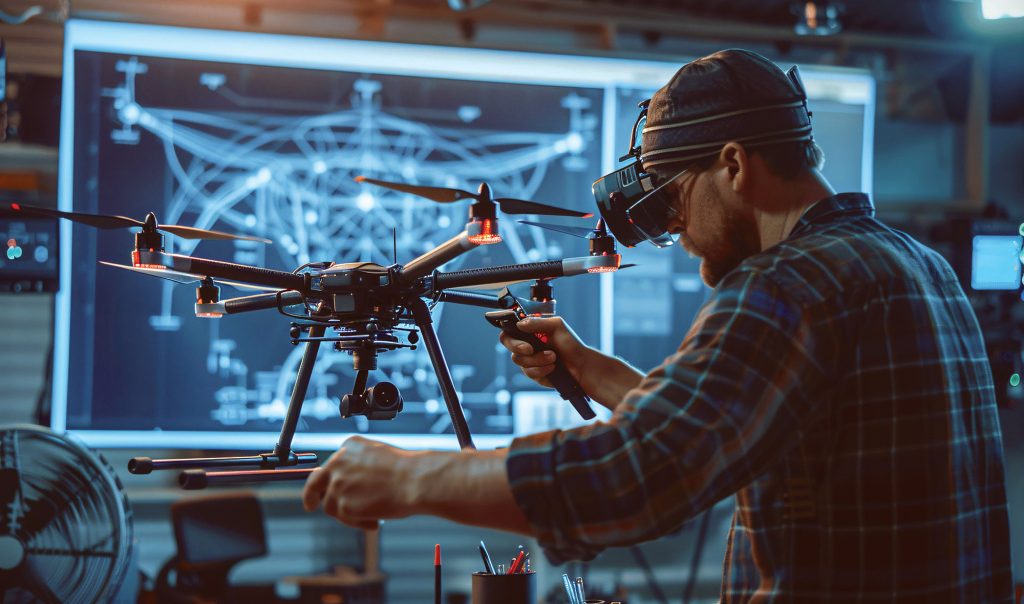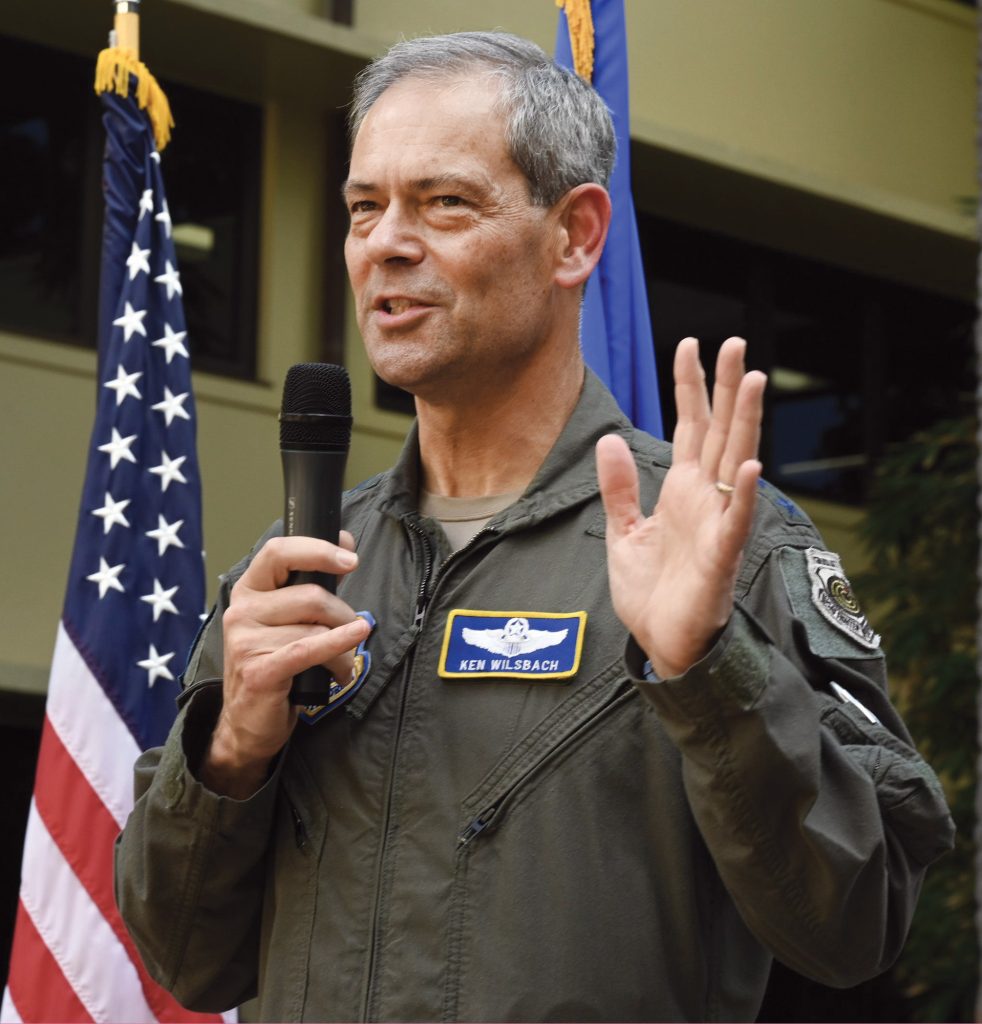Go Faster
Leon E. Panetta and Mike Gallagher, commentary “The Pentagon Can’t Wait to Innovate” [The Wall Street Journal, July 10].Washington has yet to shift significant resources—or to adapt business processes—to harness commercial solutions at scale or speed. A host of persistent problems, such as the Pentagon’s ‘outdated’ research and development model … a shrinking industrial base, long acquisition timelines, an insufficient understanding of emerging technology, and a bureaucracy seemingly designed to stifle speed and innovation … means that while American companies ‘demonstrate technological prowess,’ such innovation ‘serves little use in deterring conflict’ unless the Pentagon can put new technology into the hands of warfighters at a faster pace.
You Can’t Do All the Things, All the Time
As a service, over time, we have taken a position, since the 2010 time frame, that we’re going to take the maximum amount of acceptable risk in current force structure … in order to get to the future faster; to bring advanced capabilities as quickly as we can. That aggregated risk, over time, is catching up with us, and this bathtub that we’re going into … with the fighter force, was planned. So we knew that this was coming, and it was deemed acceptable. … We believe that it was still the right thing to do. … It’s still a pretty sizable fighter force. … It can do all the things some of the time, and it can do some of the things all the time, but it can’t do all the things all the time.
Lt. Gen. Adrian Spain, Deputy Chief of Staff for Operations, on AFA’s “Air & Space Warfighters in Action” webinar, June 18.
Not So Fast
Air Force Chief of Staff Gen. David W. Allvin at an AFA event on June 13 on why designing for sustainment may not make sense for new unmanned systems.Built to last’ is a tremendous 20th-century bumper sticker, but the assumption was: Whatever you had was relevant as long as it lasted. I’m not sure that’s relevant anymore. So that’s why we aren’t building in a sustainment structure. Ten years after this, I’m hoping the technology will make it so that CCA won’t be as relevant, but it might be adaptable, and that’s what we’re building into modularity and adaptability.
Scare Tactics
Russia is currently waging two wars. … One is a kinetic, conventional war in Ukraine. The other is a hybrid war in Europe and the West with the aim of influencing the tone of public discourse to in some way shake our sense of security.
Finland’s President Alexander Stubb at a foreign policy forum in Helsinki, noting Russia’s attempts to provoke and destabilize citizens [June 14].
Every Airman A Warfighter
Chief Master Sgt. of the Air Force David A. Flosi, on the need for “mission-ready Airmen” in a near-peer conflict.We cannot put any more Airmen at risk than we absolutely must, which means we must pull all the capability out of every single Airman that we put into harm’s way, and we have to unconstrain them from the functional stovepipes that we grow them in today.
So Easy Even I Can Do It
Gen. Kenneth Wilsbach, commander of Air Combat Command, on how easy it is to add control of Collaborative Combat Aircraft to a fighter pilot’s cockpit workload, Mitchell Institute webinar, July 10.What I found in the simulator was, it took me about five or 10 minutes to get the hang of it, and then it became second nature. It was very intuitive, and there was enough automation and artificial intelligence in the software of the CCAs that you could basically give them an assignment, and they could go do it. … I was flying an aircraft that I’m not qualified in, and I quickly learned how to fly the aircraft that I was in and control the CCAs, and it was not that difficult. … And you can concentrate on flying your own aircraft, monitoring what the CCAs are doing, and make sure that they’re achieving the objectives or give them new guidance as you go along. So it’s not unlike having additional wingmen [except] they are automated, so that they do what you tell them to do.




